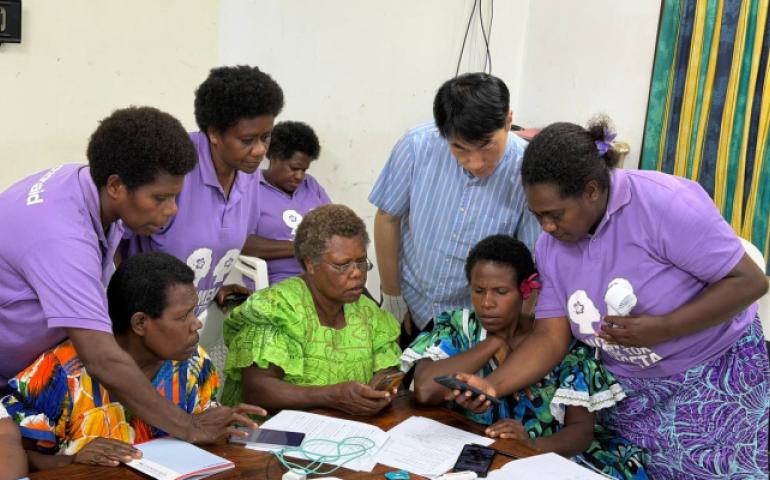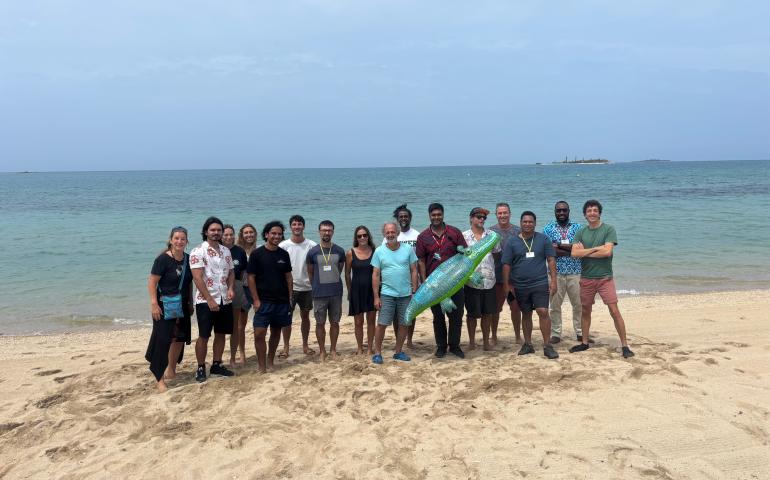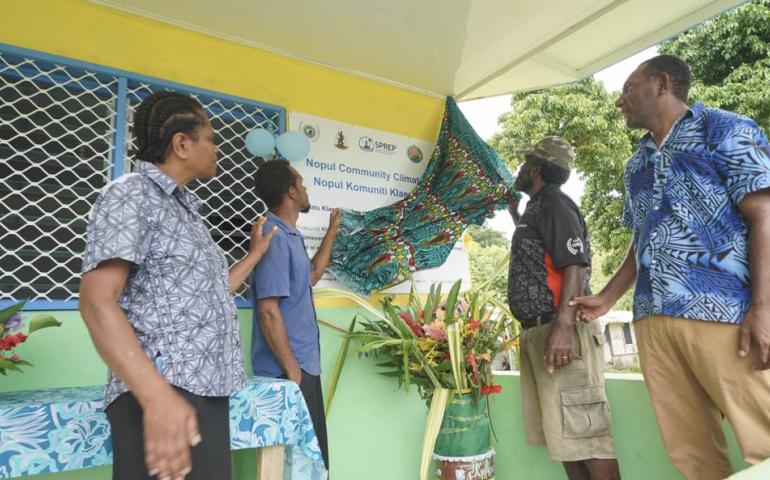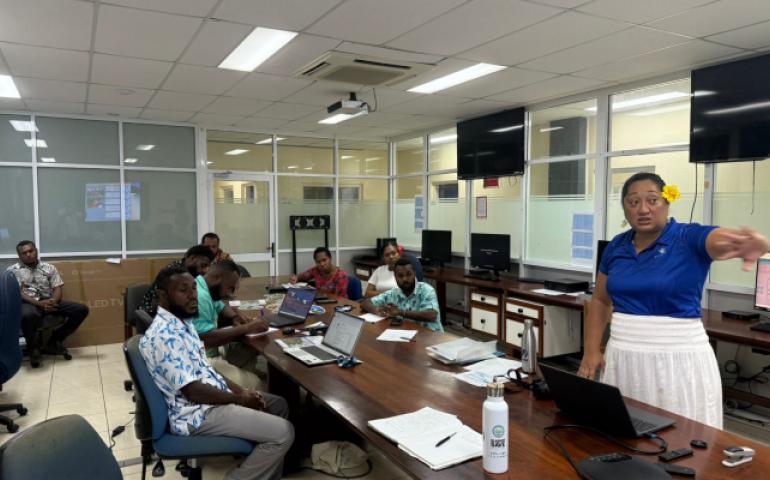Next Generation of Climate Project for a Resilient Pacific
In the effort to build a resilient Pacific island region, countries and partners across the region are dealing with a need for new analysis and guidance for climate projections. These tools will help them better deal with climatic disruptions and events.
To grapple with these issues and build on lessons learned from the Pacific-Australia Climate Change Science and Adaptation Planning (PACCSAP) is the ‘Next Generation Climate Projections for the Pacific.’ (Next Gen)
PACCSAP was in place from 2011 – 2015 to help build resilience to current and future climate risks through improved science and data, increased awareness of climate change and its impacts, and better adaptation planning.
“One of the key things is this project will go beyond just providing science information,” said Mr Kosi Latu, Director-General of the Secretariat of the Pacific Regional Environment Programme (SPREP).
“It will involve translating that science into services and we want to commend the Commonwealth Scientific and Industrial Research Organisation (CSIRO) and the Pacific Metrological Council for working with SPREP on this important project.”
Mr. Latu added an important goal of the project is to assist capacity building across many sectors important to the people of the Pacific. Specifically, the goal is to enable policymakers to pursue the best decisions for resilient Pacific islands, a core part of SPREP’s work.
“Samoa like all Pacific islands are at the forefront of climate change impacts. The need for climate change science to inform planning and decision making is now more critical than ever. So, I thank SPREP and CSIRO for continually supporting regional efforts to ensure our National Meteorological Services have access to the latest climate science and information to inform sector and policy makers”, says Chief Executive Office, Mr. Ulu Bismarck Crawley.
The project will develop and enhance the functionality and utility of an existing models used in climatology to help improve knowledge of climate change. Called, the Coupled Model Intercomparison Project (CMIP) 5, this model is used to provide climate projections for the Pacific.
Through the Next Generation Climate Projection for the Pacific (Next Gen) Project these projections will provide information for different sectors at the national level to help inform climate change impact assessments and decision-making.
“It’s a matter of working with people closely to enact real change in organisations so that they are able to integrate climate information in key development sectors – bringing science to practice,” said Dr. Kate Duggan, Team Leader Support Unit Australia Pacific Climate Partnership (APCP), of the goals of the project.
Dr. Duggan said the project sought to provide the best information and guidance to people about climate change impacts and practical action that people can take to protect their livelihoods, businesses and assets.. This information would guide decision makers in the future and help build resilience for changes in coming decades.
“In the context of ‘sciences to services,’ both this project and the previous project, are designed to facilitate outreach of the science in the form of climate change services tailored to the needs of partner sectors,” said Dr. Geoff Gooley, Program Manager of the Climate Science Centre of the Commonwealth Scientific and Industrial Research Organisation (CSIRO).
Over the course of two days, over 50 representatives from across the Pacific are meeting in Samoa to discuss the Next Gen Project. The meeting will also explore future opportunities before the next generation of climate change projections, CIMP6, after the release of the Assessment Reports of the Intergovernmental Panel on Climate Change.
The ‘Next Generation Climate Projections for the Pacific’ is funded by the Australian Government through the Department of Foreign Affairs and Trade and will run for the next two years (2019-21).
“The government of Australia has a long history of proving support for collecting science data here in Samoa and across the Pacific,” said Her Excellency Sarah Moriaty, Australia's High Commissioner to Samoa.
Pacific climate for CIMP5 projections are publicly available at www.pacificclimatechangescience.org. They remain the most scientifically comprehensive study for the region to date.
The projections are used for a range of strategic purposes, including informing the United Nations Framework Convention on Climate Change (UNFCCC) negotiation, policy planning and disaster risk management planning.
The two day meeting on the ‘Next Generation Climate Projections for the Pacific’ is held in Apia, Samoa from 31 July, 2019 – 1 August, 2019.
Next Generation Climate Projection Project is supported by the Government of Australia through the Department of Foreign Affairs and Trade, Commonwealth Scientific and Industrial Research Organisation (CSIRO), SPREP and Climate and Oceans Support Programme in the Pacific.
For further information please contact Ms Azarel Maiai at [email protected] and Salesa Nihmei at [email protected]



